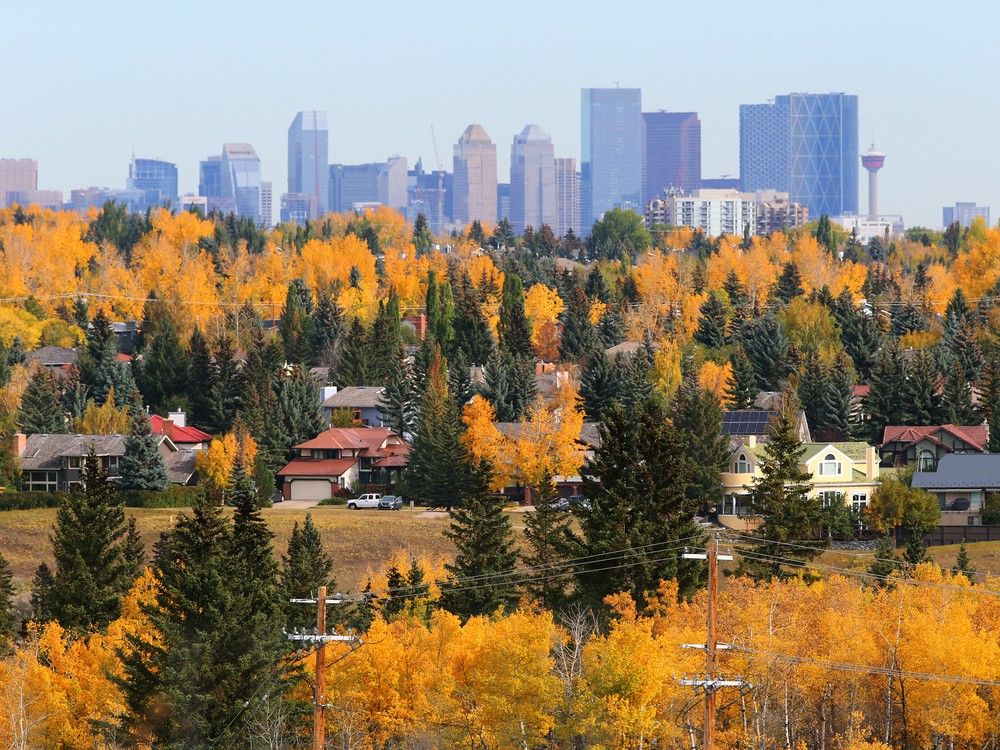CalgaryTiger
Senior Member
Best place I can think of to put this... Saw that Elections Canada adjusted boundaries for an election after 2024. I am going to mention Calgary Centre as it's my riding but other ridings in Calgary have also changed. Now only including Glengarry and Killarney west of Crowchild
 Before:
Before:

After:


After:
Last edited:





